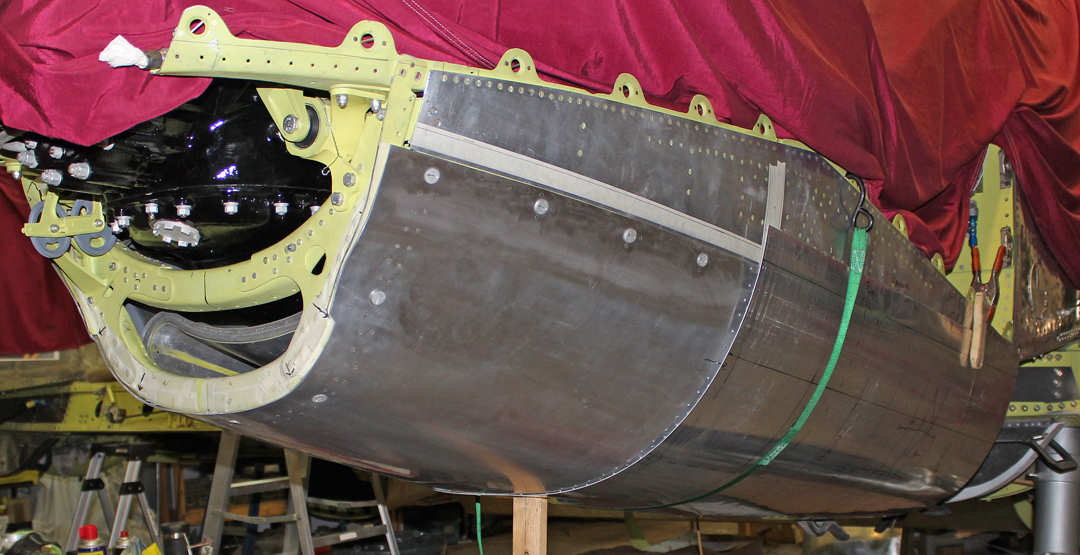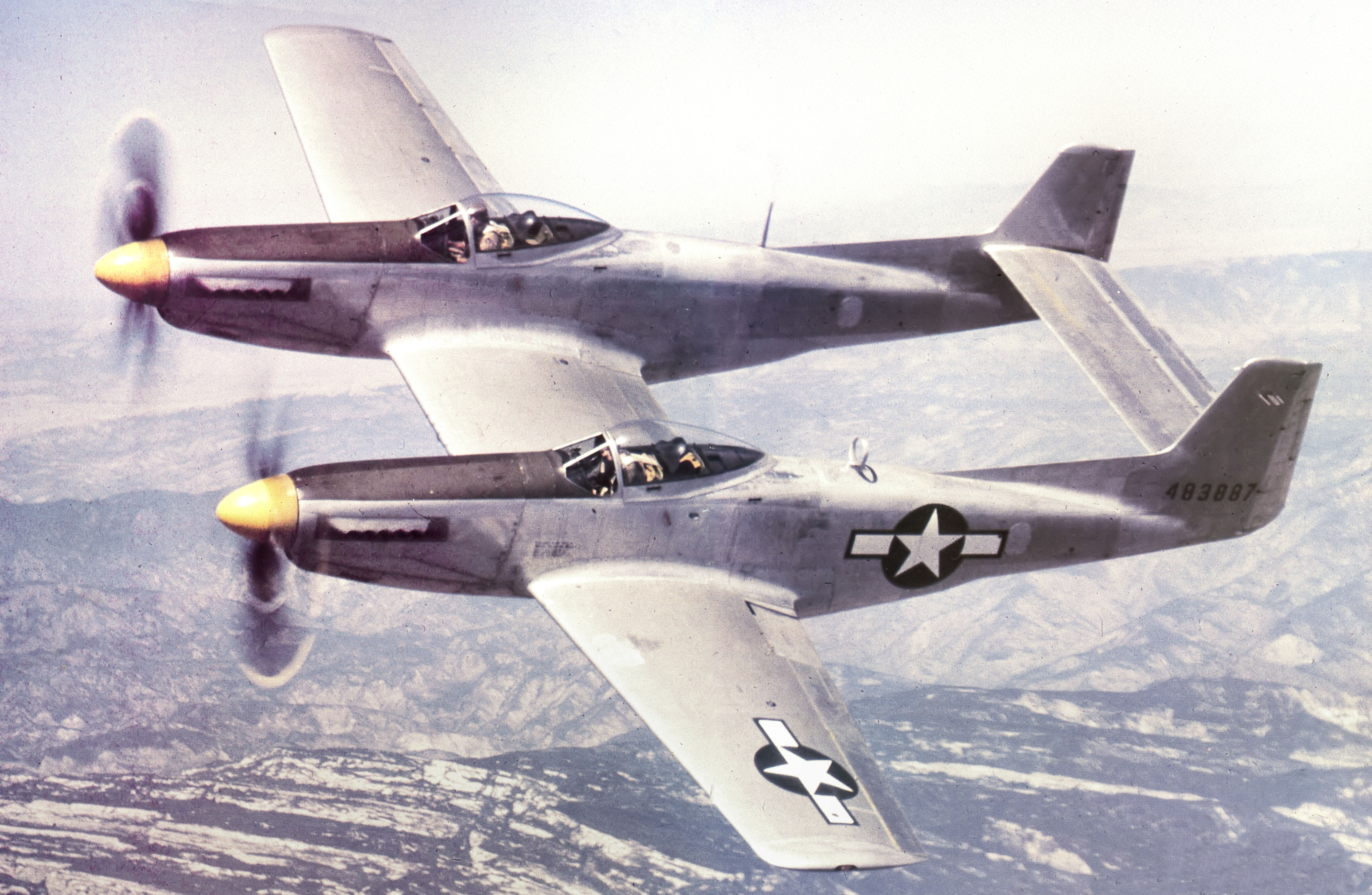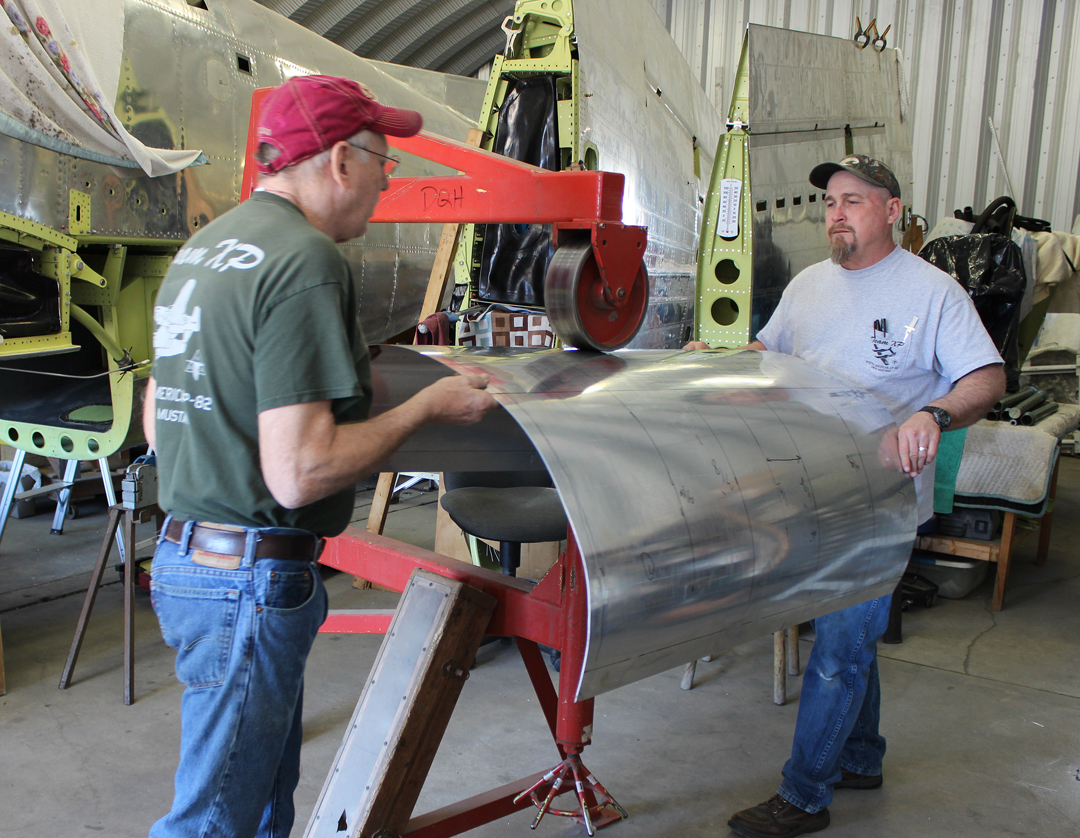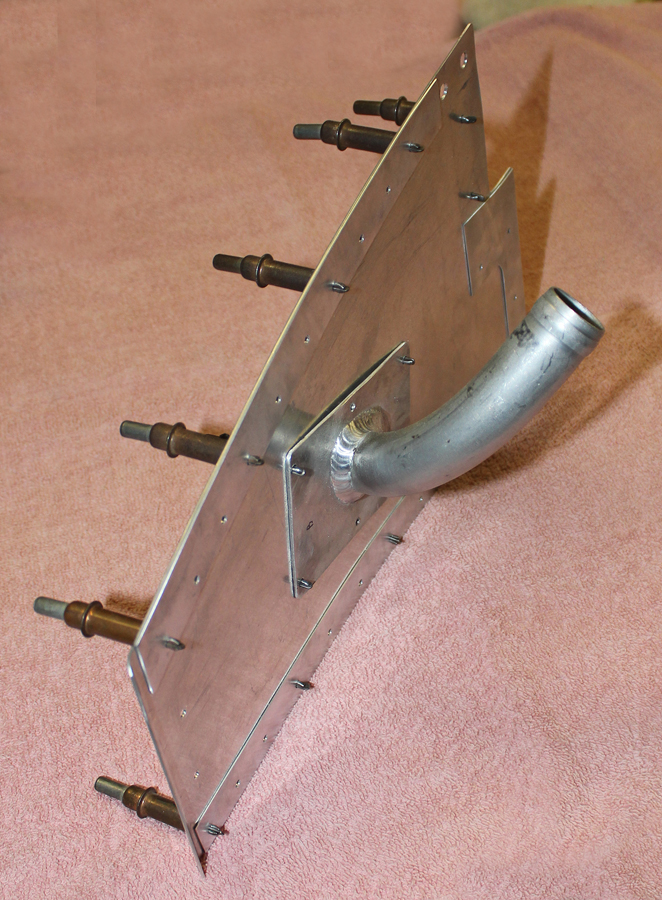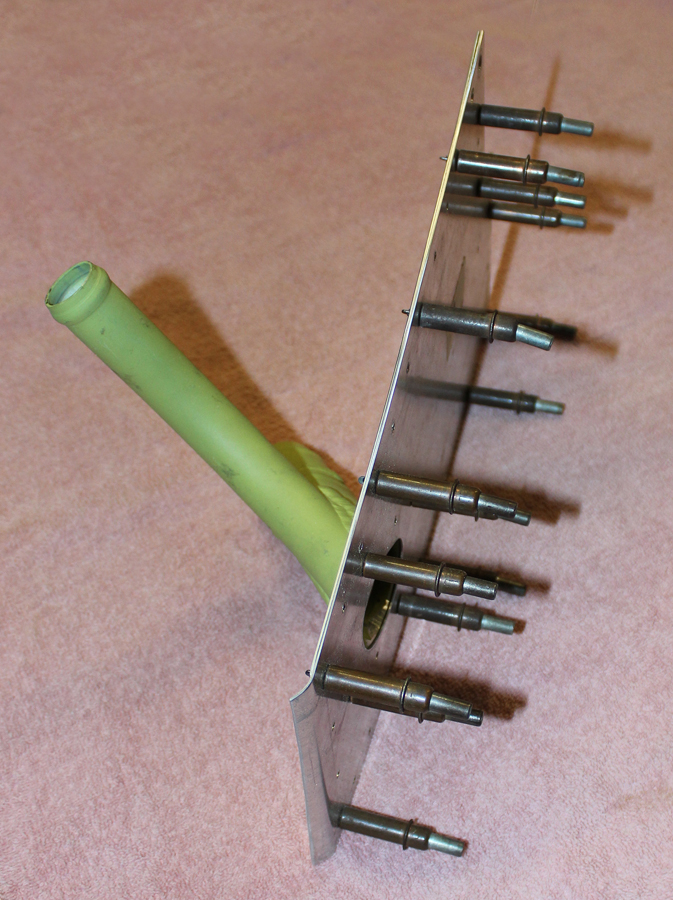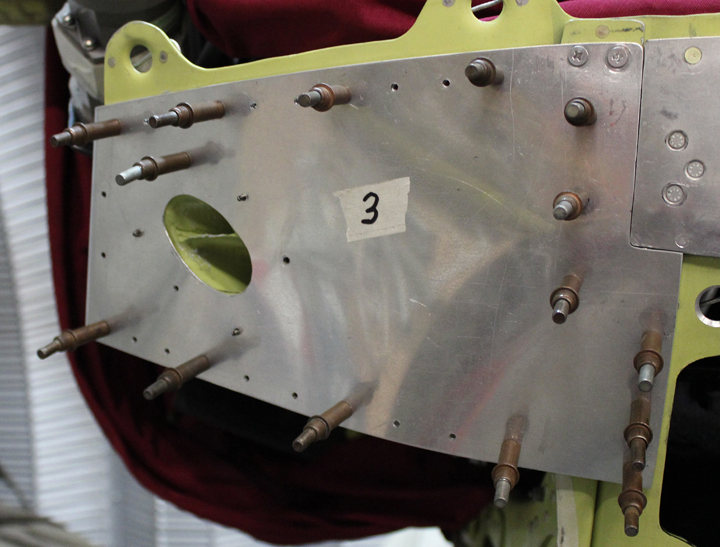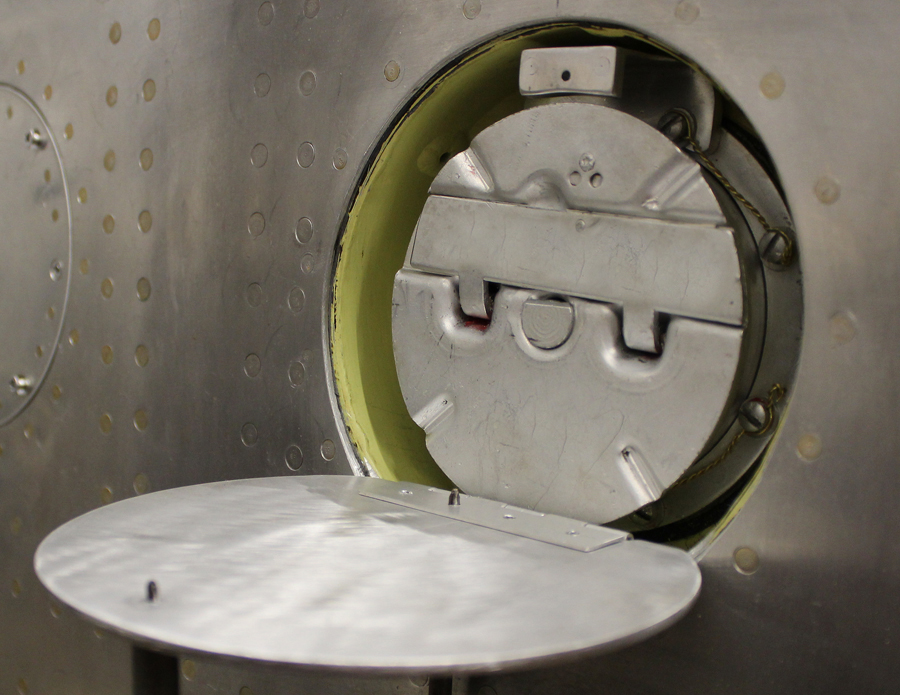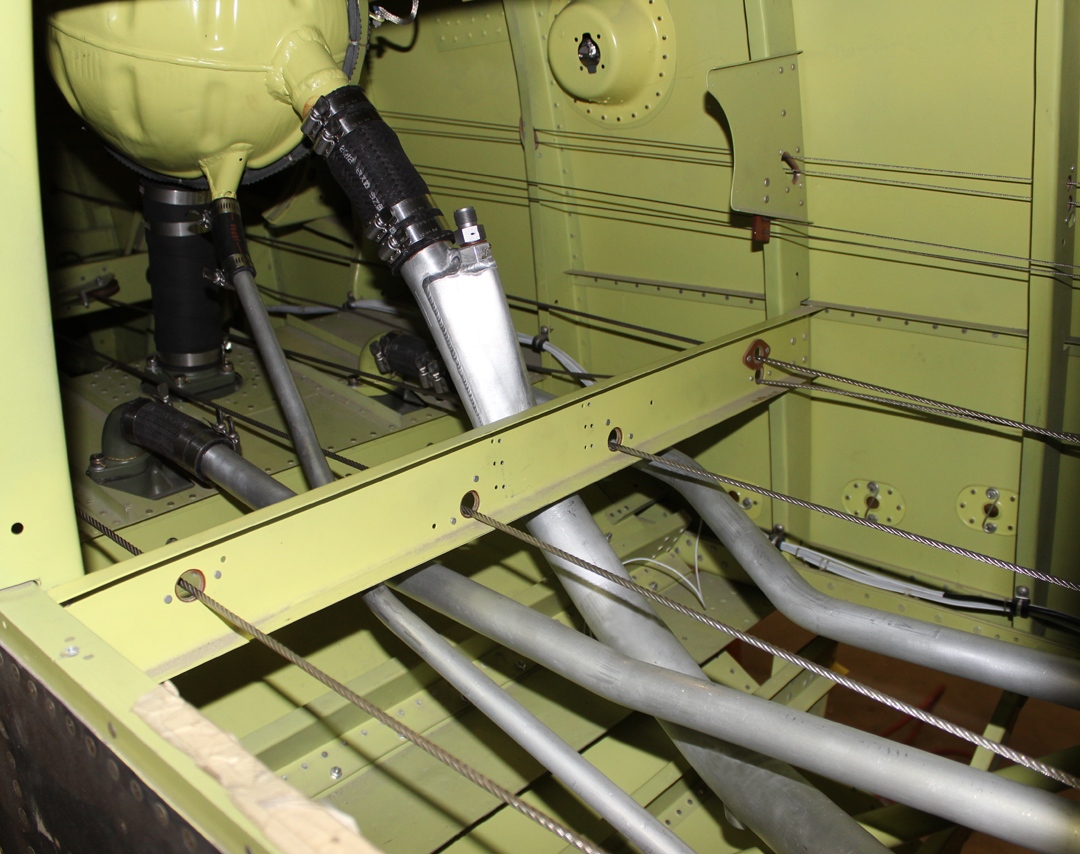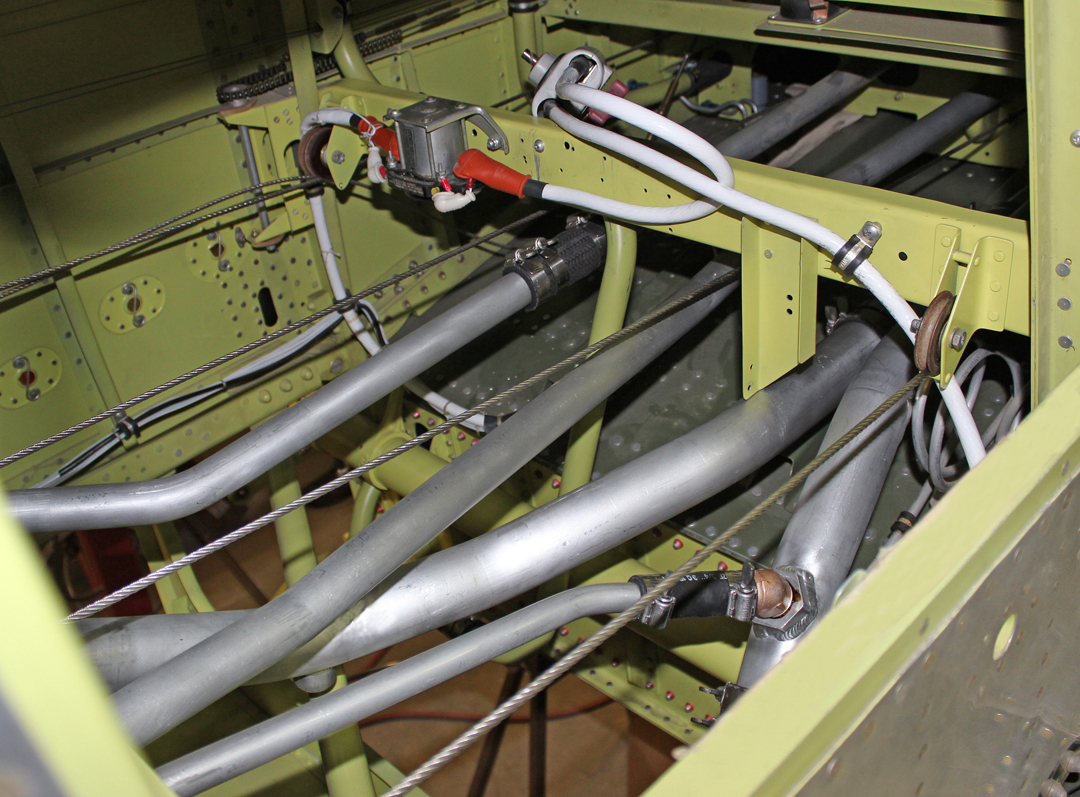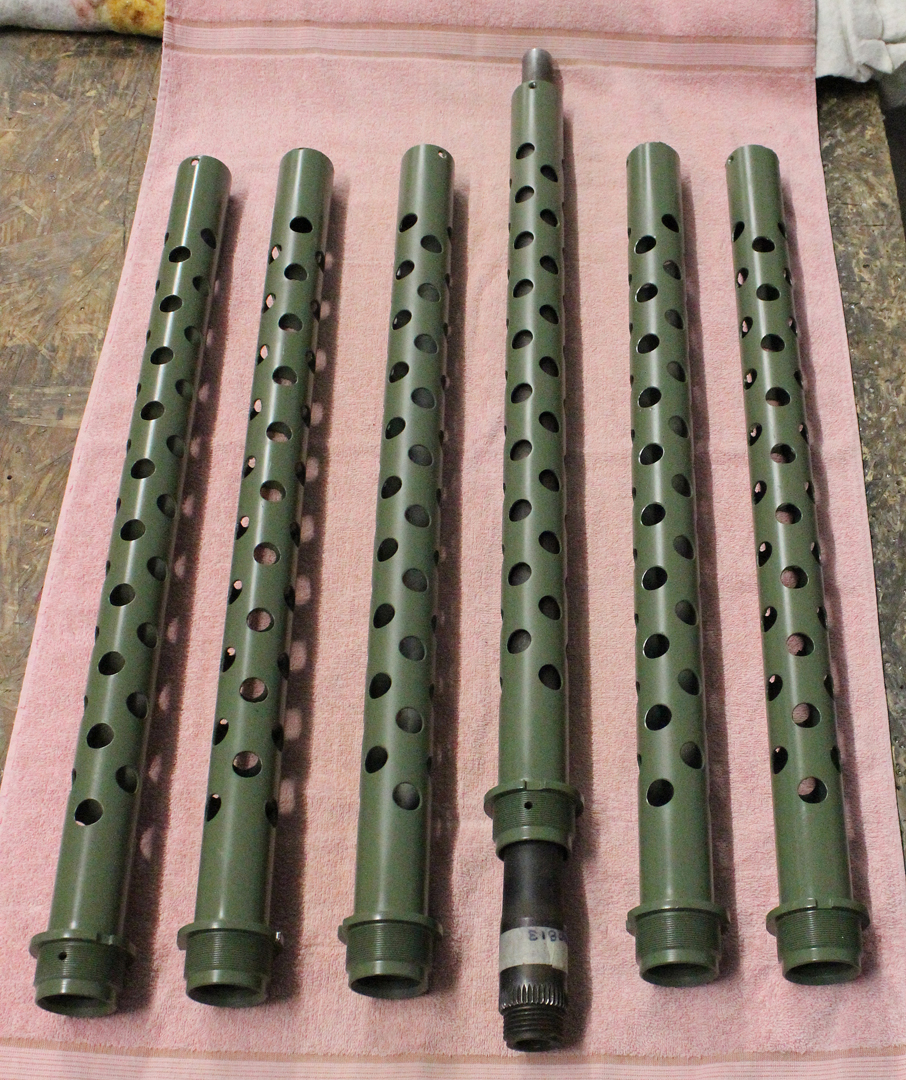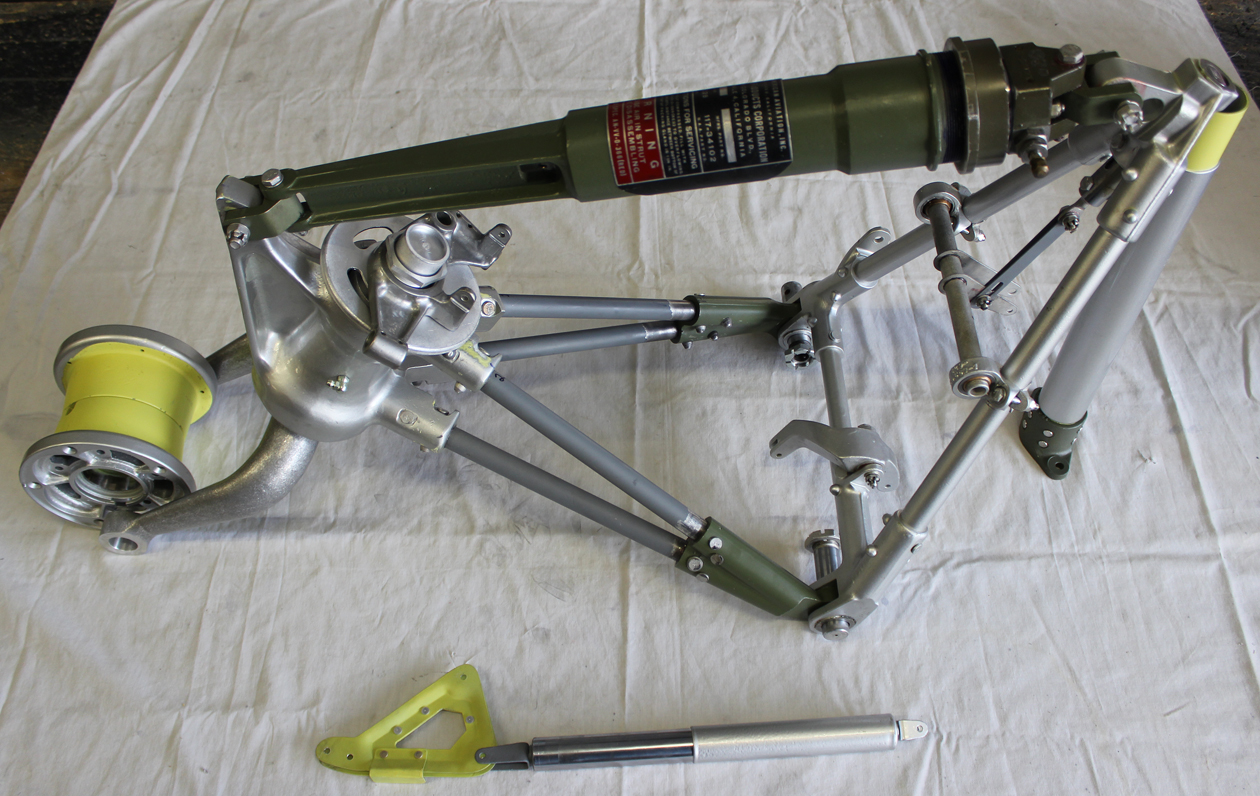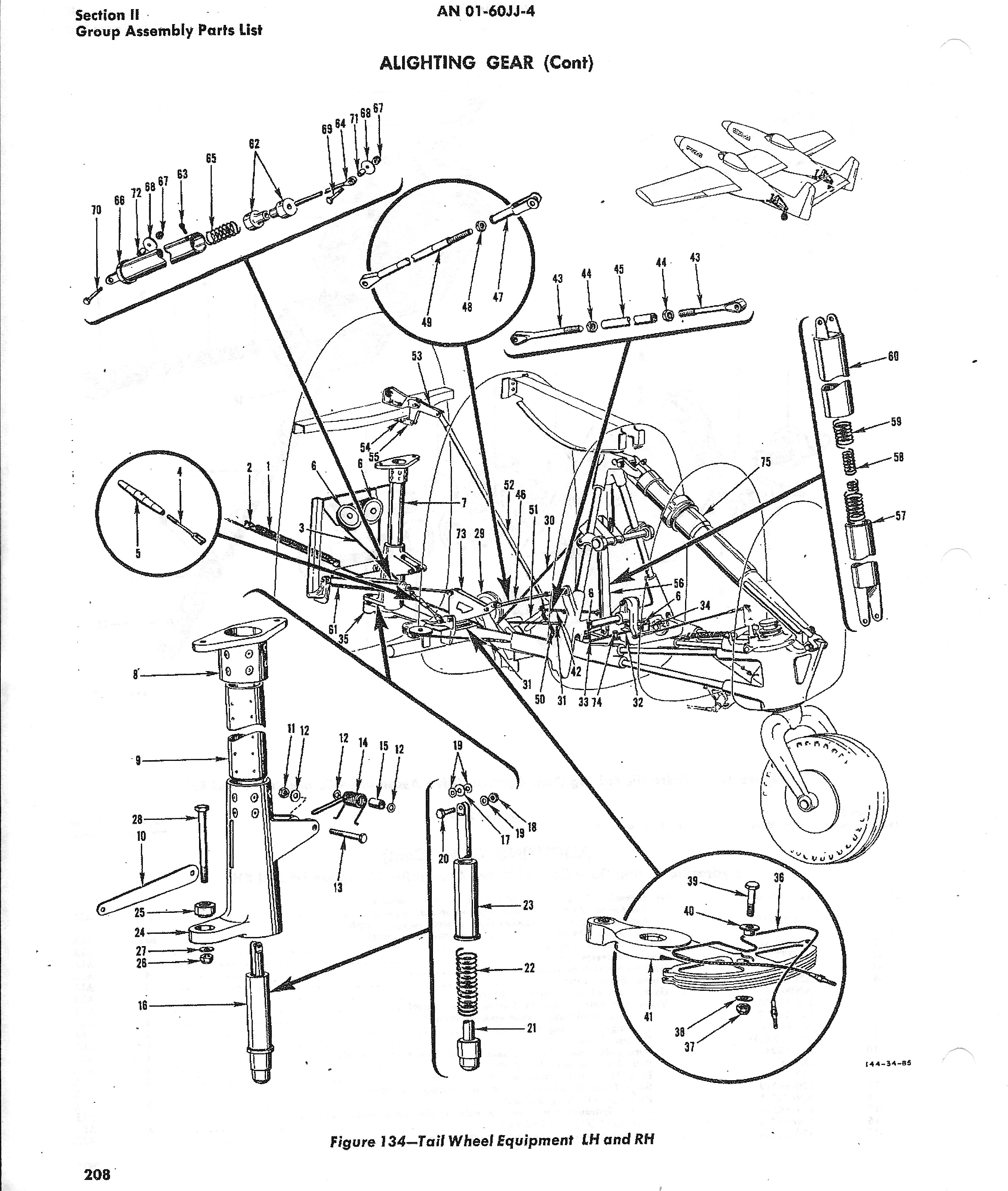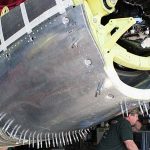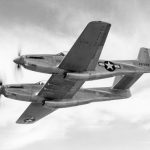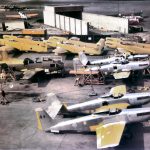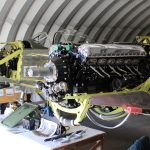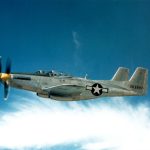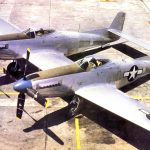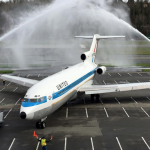WarbirdsNews has received the latest XP-82 Twin Mustang restoration update from Tom Reilly at his workshop in Douglas, Georgia. Here’s what they’ve been up to this month!
Firewalls Forward (FWF)
Tom Reilly says his team is progressing well with the multitude of Fire-Wall-Forward tasks. The items remaining for completion include the following: both oil feed lines (one from each oil tank), one glycol coolant return line to each firewall, one oil return line from each engine to heat exchangers and generators.
Engine Cowlings
Each engine has three lower Dzus cowls. Both lower forward cowls are now complete and both cowls immediately behind these are nearing completion too. All of these cowls have compound shapes requiring English-wheel forming (see photo above).
All of the ram air cooling blast tubes are now formed and awaiting installation.
Both engine-driven fuel pumps and the left engine hydraulic pump tubing and hoses are now complete. Interestingly, the XP-82 has only one hydraulic pump fitted, but this is not an issue as the landing gear will free-fall and positive lock down into position.
Fuel Systems
All six fuel tanks, 600 gallons total, are now completely installed including boost pumps, fuel shut-offs, check valves, cross-flow valves, scuppers, etc. Reilly will soon test-fill the tanks with AV gas to check each of them for leaks. With 600 gallons of internal fuel, the Merlin-powered XP-82 burns 100 gallons per hour at 300 mph cruise speed, giving it an 1800-mile range. With four 300-gallon drop tanks added, the maximum range increases to a staggering 5,000 miles.
Firewall Aft Coolant System
Every coolant line from both radiators and spherical header tanks running forward to each firewall is now totally installed. This was a substantial job; the same as doing two complete P-51 cooling systems.
Electrical Systems
Reilly estimates that his team is about a month away from completing the last few outstanding items on the electrical system. When that occurs, they will put power on the ship for the first time to check out each system. Reilly wishes to offer a huge “thank you” to the Concorde Battery Corporation for contributing their best, maintenance-free 24-volt battery. He notes that had one in his B-25 Mitchell and it lasted nine years! … Try that with a car battery and see how far you get!
Inboard Gear Doors
Both inboard gear door frames are now with one of Reilly’s subcontract machine shops being fitted to the large aluminum press dies to form the complicated inboard door skins. Reilly wishes to offer another huge “thank you” to Thrush Aircraft, manufacturer of the best agricultural spray aircraft, for the heat-treat processing of hundreds of cowling and gear door parts for his restoration team.
Guns/Barrels/Cooling Jackets
The XP-82 project purchased six machine gun cooling jackets that thread into the forward part of each .50 caliber receiver. The six original .50 caliber barrels that the team has also screw into a separate set of threads in the receivers.
Tail Wheel Assemblies
The tail wheel assemblies have come a long way, but Reilly jokes that they must have been designed by Rube Goldberg as they have an amazing amount of moving parts just to retract, steer and lock. Even though the majority of the parts received from the Alaskan crash site were not affected by the impact of the accident, sadly being submerged in water for the past sixty years allowed corrosion to set in which rendered most components non-airworthy. Reilly is making good headway on the parts though, and plans on having both installed, one in each aft fuselage, within a couple of months.
And that’s all of the news for February, 2016!
Many thanks again to Tom Reilly for the update! You can learn more about the project on their blog HERE. Please be sure to check back with WarbirdsNews in March for the next installment in the story following the XP-82′s road to recovery!







